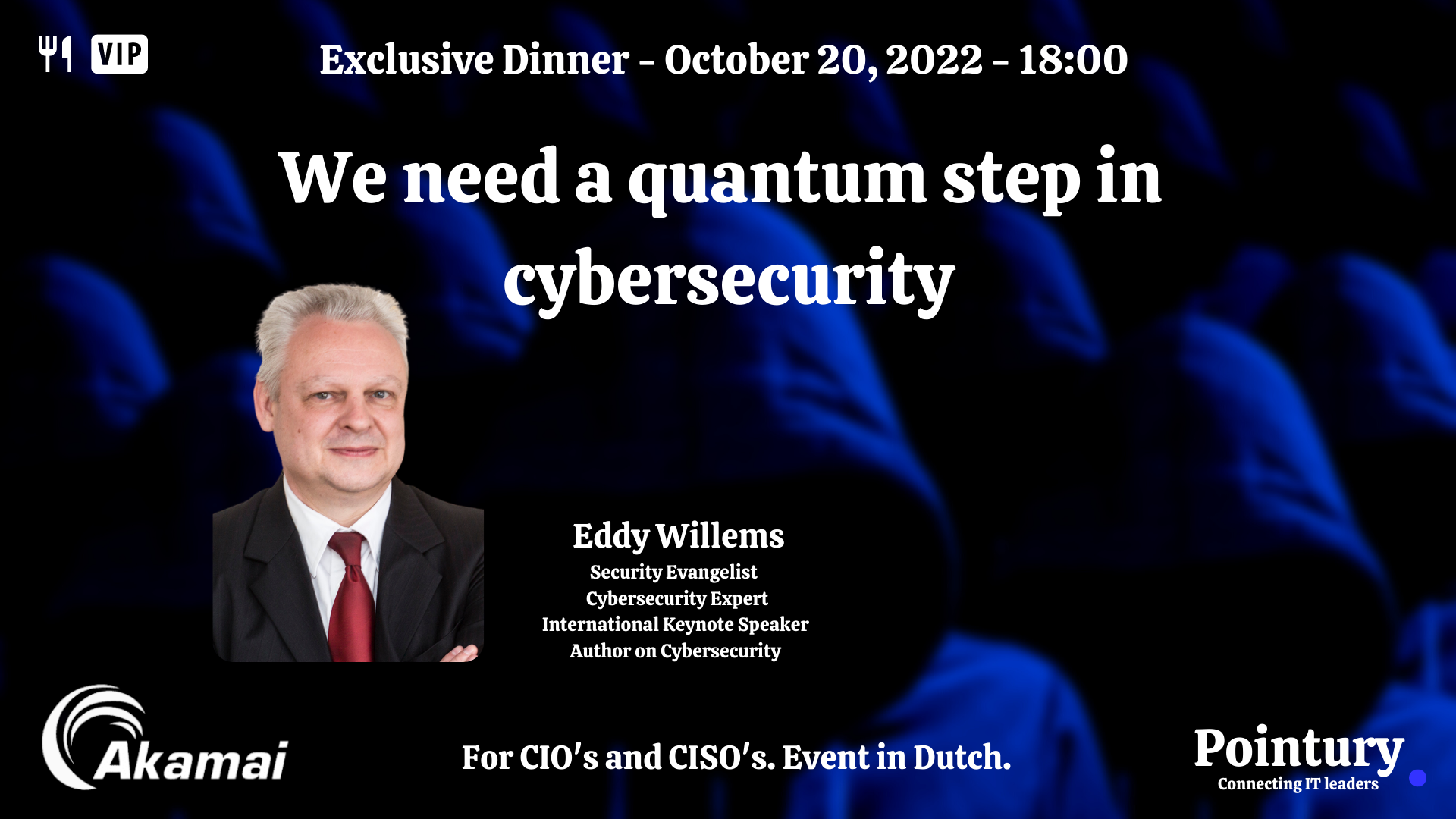ECOSYSTEMS
This article is based on an online round table " Ecosystems, Close Encounters of the third kind” organised by Pointury on April 12, 2022, during which a group of CIO's met with advisors from CGI and F5 to learn about the advantages and challenges of setting up an ecosystem.
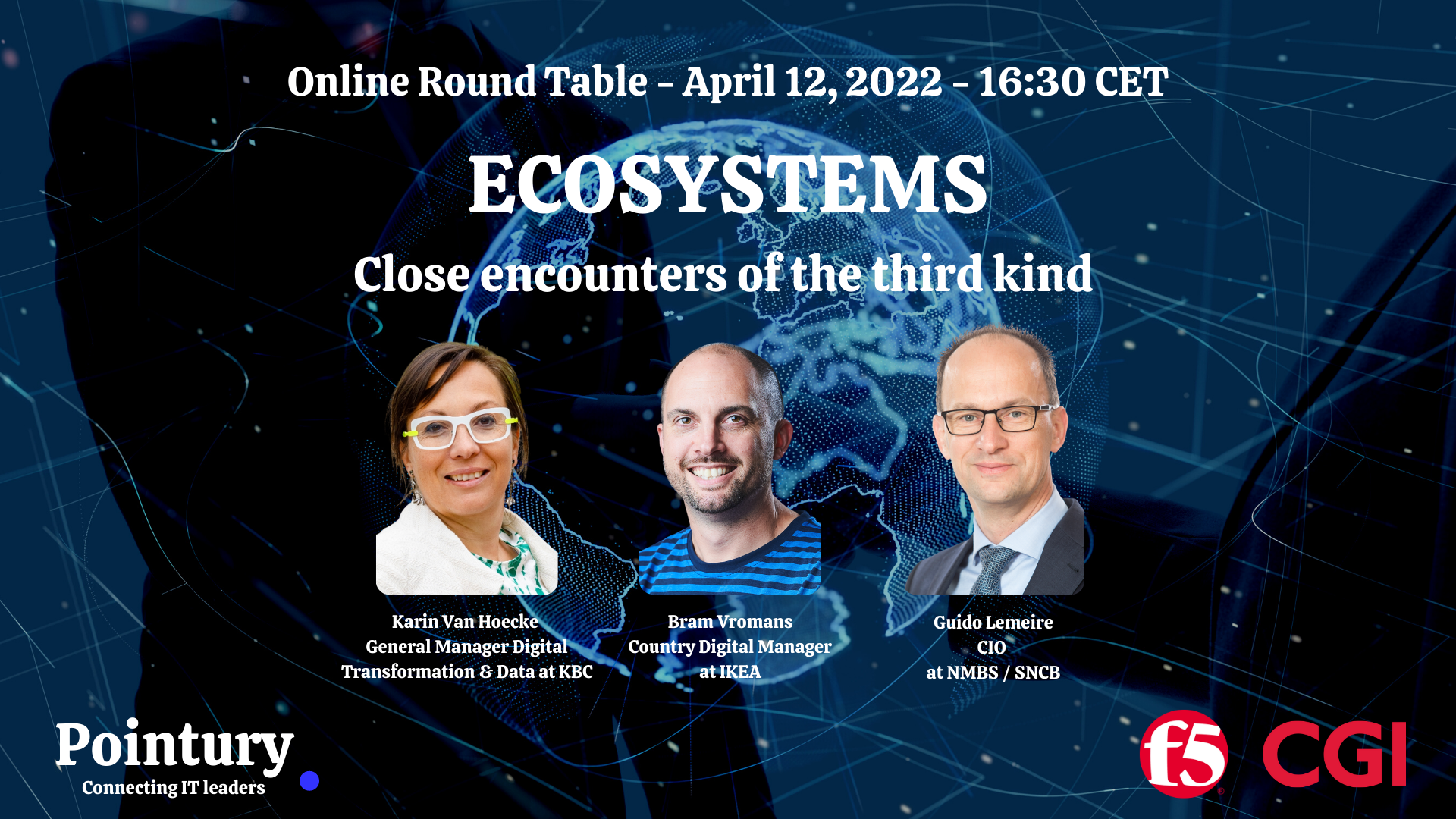
Ecosystems can lead to a better customer experience and in the end to more loyal customers.They need be grouped logically around things like your payments, your home or around mobility.
Karin Van Hoecke, General Manager Digital Transformation & Data at KBC, shared experiences with building an award winning ecosystem at the Belgian bank. KBC has already built more than 40 partnerships in order to better serve its customers. That came with some commercial, legal, technical and adoption challenges. 
Karin explained that partners can strengthen each other even though the organiser of the ecosystem is in a stronger position.
KBC has already setup more than 40 partnerships in different areas
- mobility: public transport, parking’s, car sharing, bike renting, ..
- payments: Integration with Payconiq, PayPal, service cheques, ...
- business
- leisure and entertainment
KBC's ecosystem has been build step by step around its app. At this moment is has already 60 million interactions per month.
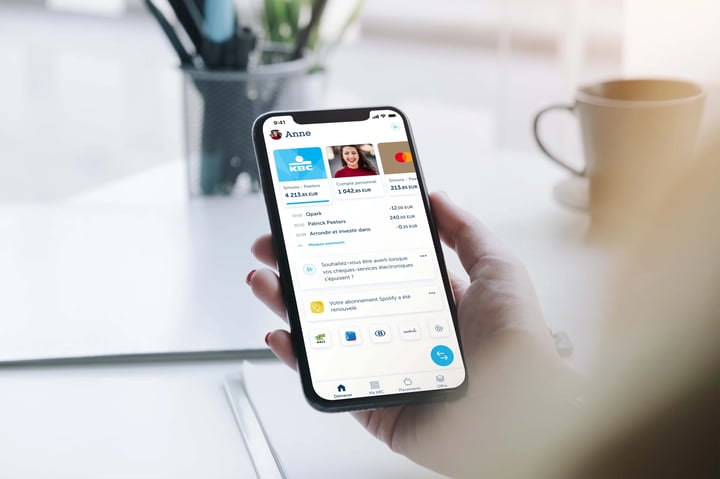
KBC is always looking for a win, win, win: for the user, for the partner and for KBC. The advantage of an eco-system with a bank is that all users of the app are clearly identified, and that payments are as easy as it gets.
A challenge is to convince the partner of the user-friendliness of the app. To speed up the integration of new partners building blocks have been made. This allows to set up a new integration in only 25 days, if no new building blocks are required.
Building an ecosystem is visionary, particularly in the beginning. An important criterium for accepting a new partner is the frequency a user would use a service. It makes no sense to offer an extra service if the service is only going to be used once per year.
A bank can’t afford to offer any service on its app, e.g. a partnership with the National Lottery.
When building an integration there needs to be contact persons at all levels of both organisations so that a pragmatic collaboration is possible.
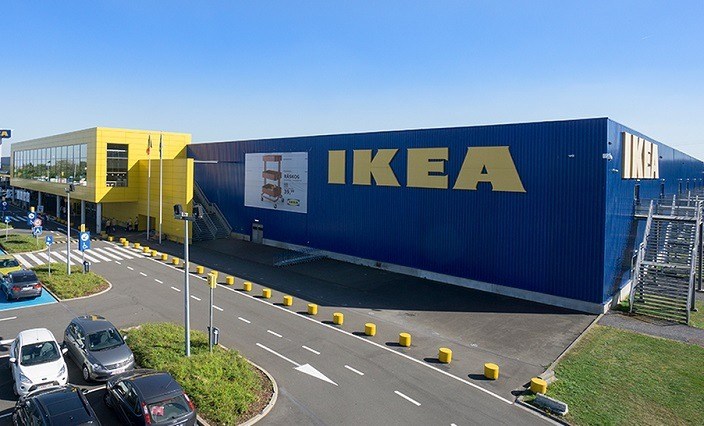
Bram Vromans, Country Digital Manager at IKEA, shared insights in how IKEA shops have been built as an ecosystem. Indeed, IKEA can be considered an ecosystem with its shops, each with a restaurant, bistro, food shops and ball pits for kids, with several external partnerships for products and services, with its website and specifically with the largest consumer club in the world.

IKEA is increasing its offering for the home. It now also offers second hand products, has a buyback Friday and is collaborating with other such as Lego and Sonos. Decorative wifi speakers from Sonos extend IKEA's traditional furniture offering. In some countries IKEA even sells home insurances and energy. It is not unrealistic to think that in a couple of years IKEA will just sell everything you need for your home. It might have to open its web shop for local partners and start-ups to achieve that. Next to the restaurants, food shops and ball pits IKEA now also has a “circular hub” for second hand products in its shops and “live shopping” events.
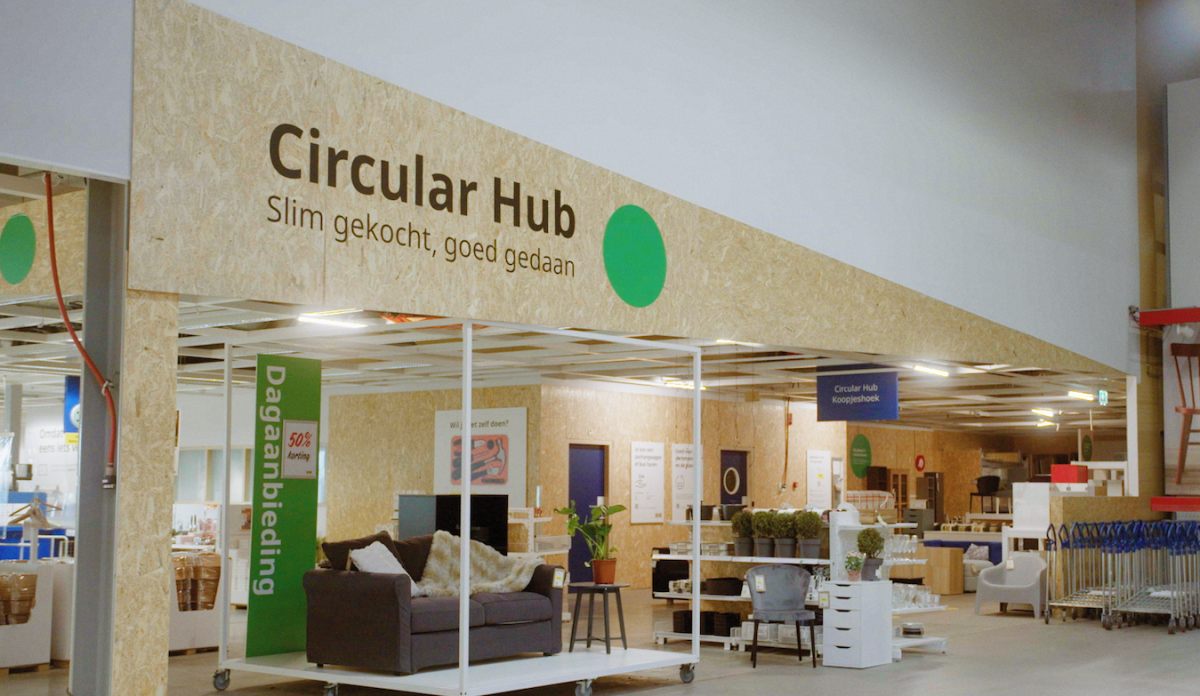
All this is part of the IKEA ecosystem. Bram explained that an ecosystem needs to be omni-channel. Online will support in-store and vice versa.
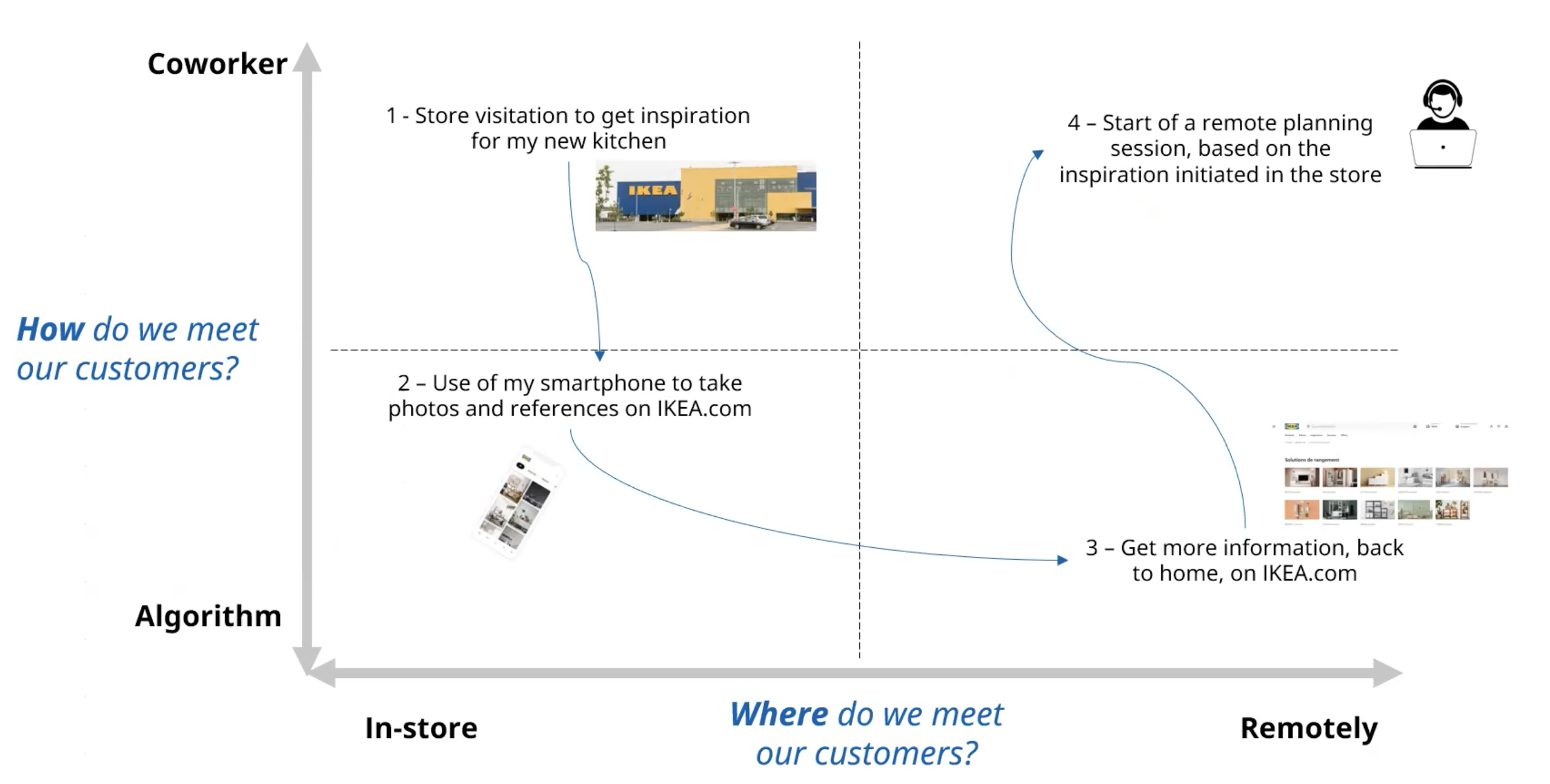
Today customers typically have interactions with IKEA people in the stores and use technology online. While there are already several technological innovations in the shops such as visitor counter systems, self-scanning, etc. there is potential for more technological innovation in the stores such as in-store navigation. Online there is potential for more human interaction, maybe with the help of “meta world”.
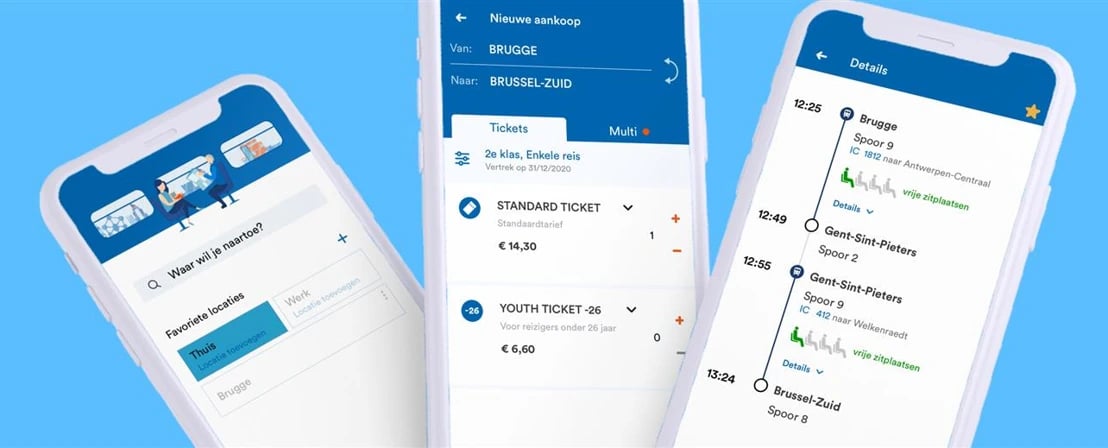
Guido Lemeire, CIO at NMBS / SNCB, gave some insights in digitalisation and building ecosystems at the national railway company.
NMBS – SNCB has built a strong ecosystem over the years, working closely with MIVB-STIB, SRWT (TEC) and De Lijn in MoBib, the Belgian Mobility Card System and with other rail-operators such as SNCF (Thalys), NS, DB (ICE) and Eurostar. Close partnerships have been built with different providers, from start-ups to international companies, to strengthen its ambition of continuous improvement. NMBS also has partnerships with banks to sell transport tickets via their banking app.
When talking about mobility the challenge for the customer is to find the best door-to-door transport solution at a certain moment in time. An ecosystem has to build from this customer perspective. It is also clear that an ecosystem needs one major organisation who plays the leader. This company needs to make sure that the ecosystems becomes a success.

It is not clear at this moment which organisation should have that role: government, a major public transport company or a global tech player like Google. As soon as a leader takes the initiative to build an ecosystem for mobility, it might take 5 years to build the system. The challenge is also that all stakeholders need to participate, which is not easy in a country like Belgium with so many levels of government.
A key component for a mobility solution is the route planner where all the meta data is real-time available including traffic and weather data. At least the need for a consumer-oriented mobility ecosystem is clear. Reducing the traffic jams and its economic impact can easily compensate the investment.

